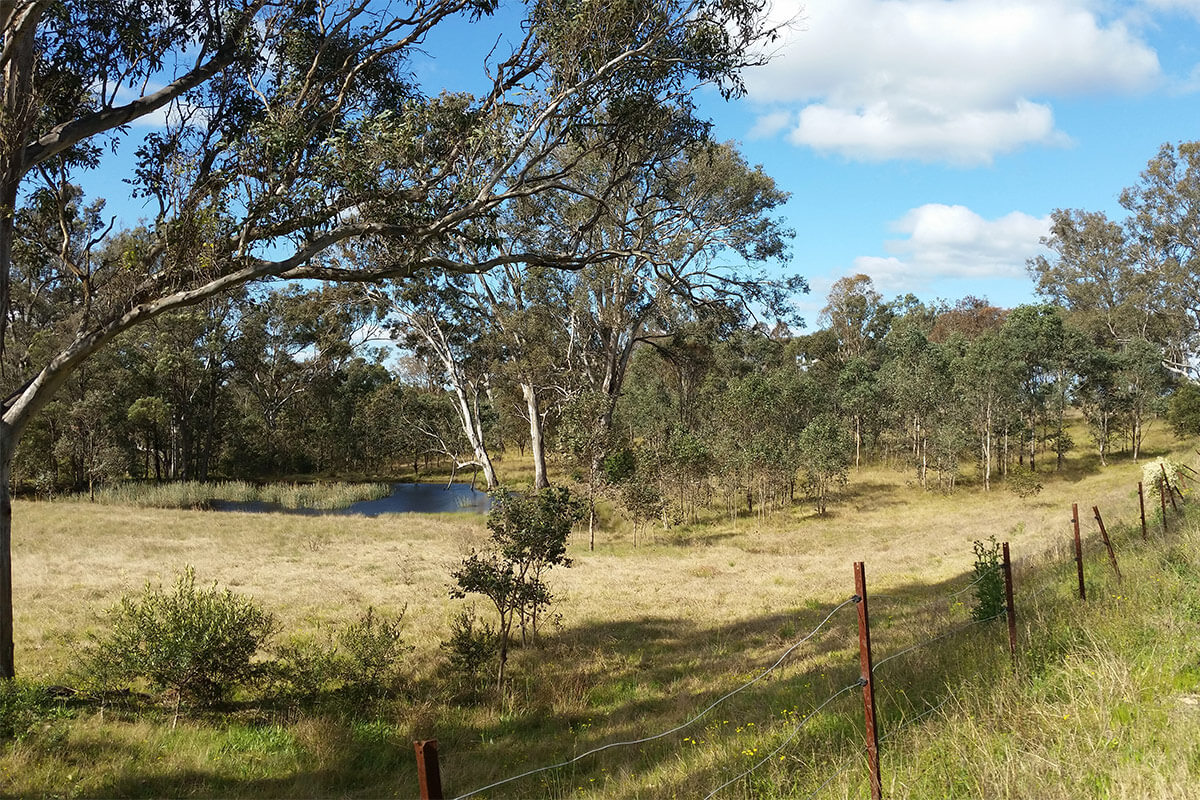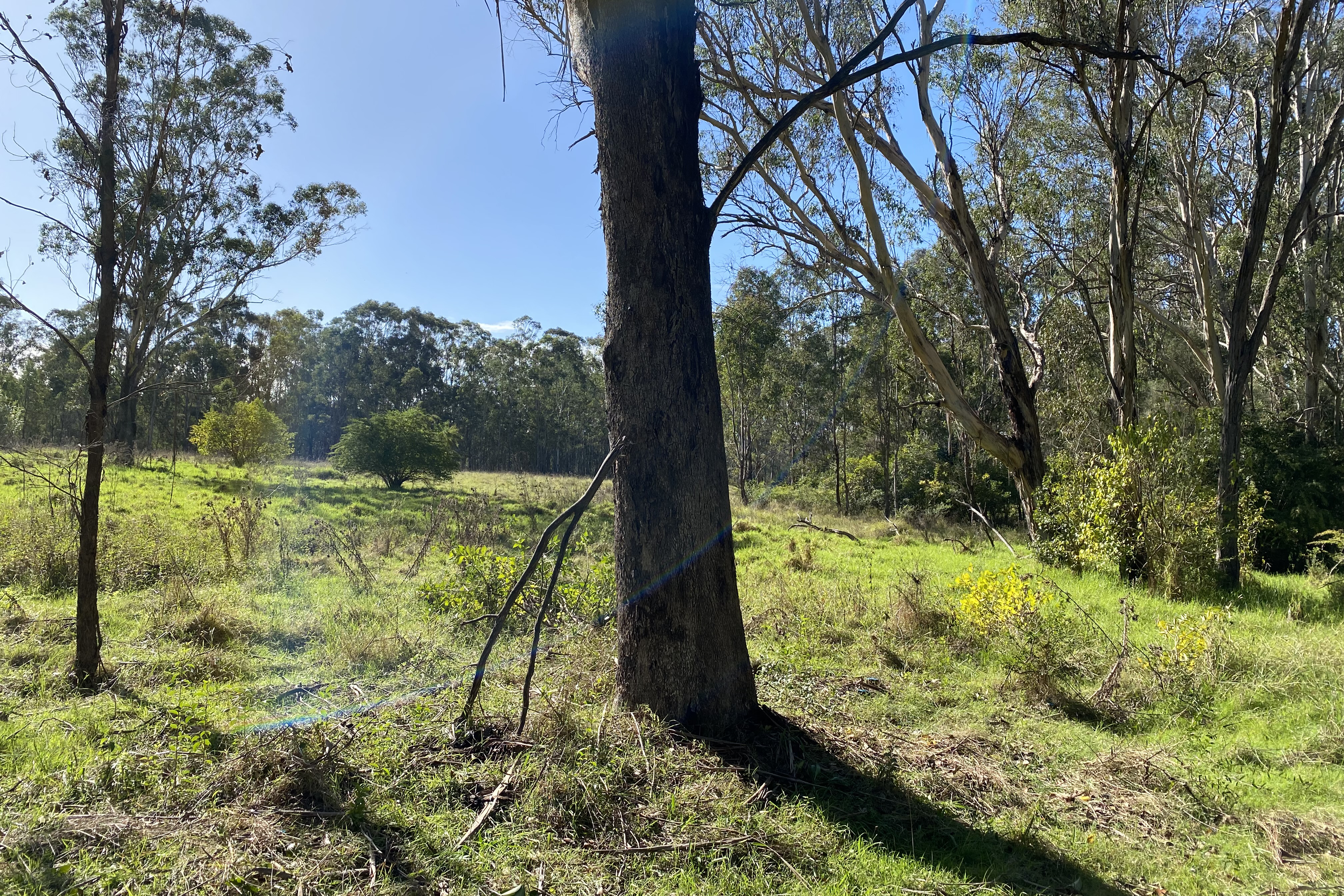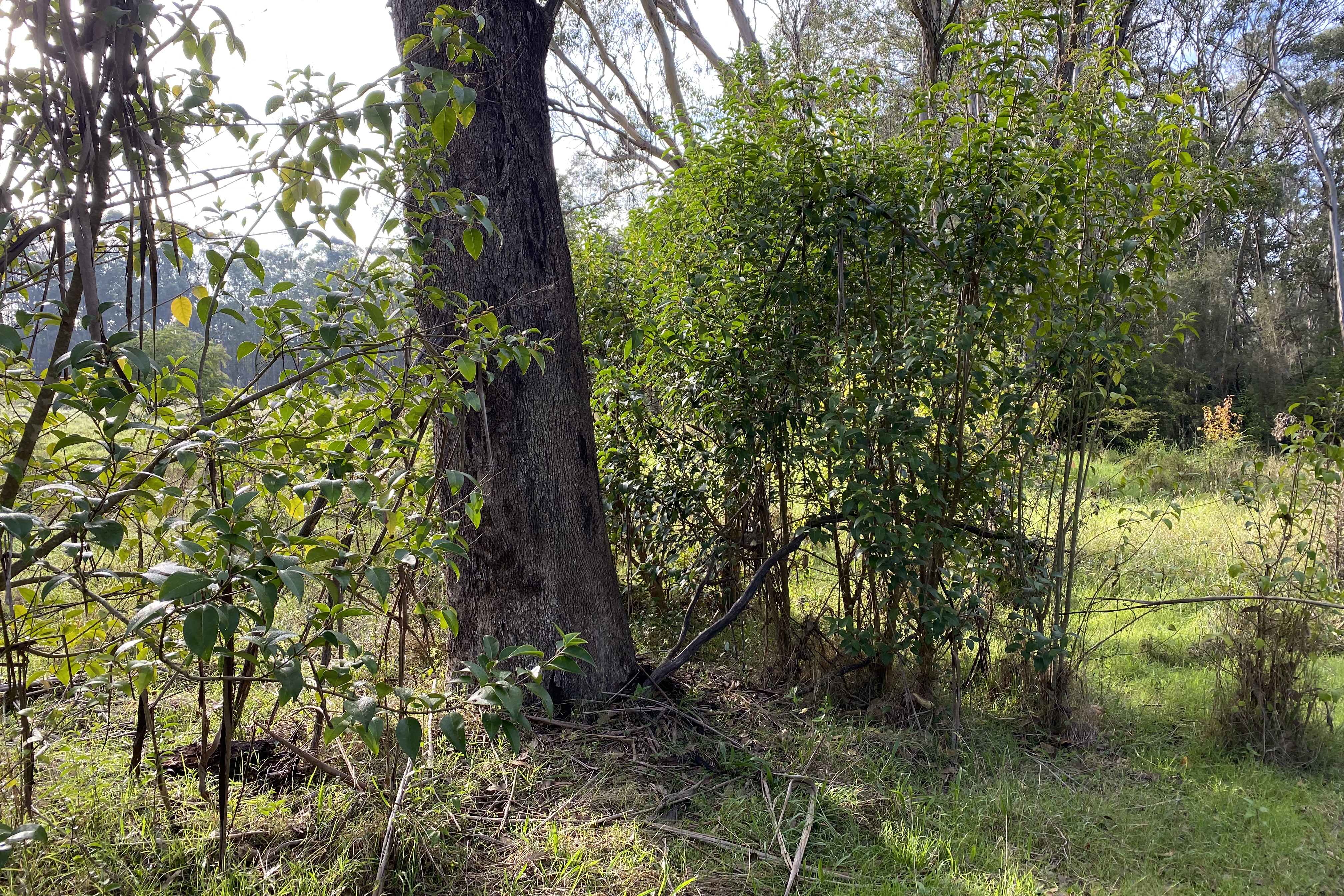Establishing reserves and buying land
Under the Cumberland Plain Conservation Plan (CPCP), the government will create new public reserves and private conservation land, connecting important areas of habitat and helping to restore degraded landscapes. The Office of Strategic Lands and the National Parks and Wildlife Service are both delivery partners for this program.
The Georges River Koala Reserve protects a primary koala movement corridor along the Georges River between Appin and Long Point. In April 2022, 54 hectares of public land at Lysaght Road was transferred from the Office of Strategic Lands to the National Parks and Wildlife Service to create the new reserve.
In April 2024, another 916 hectares were transferred to the National Parks and Wildlife Service. This is a significant milestone towards meeting our commitment to transfer all publicly owned land within the park’s footprint, between Long Point and Appin, to National Parks and Wildlife Service by late 2026.
In collaboration with the Office of Strategic Lands and the National Parks and Wildlife Service, the department has also started work on extending the Gulguer Nature Reserve. As of 17 August 2023, the department has bought 6 properties in this area, totalling 145 hectares.
Biodiversity stewardship program
Learn about the biodiversity stewardship programs under the CPCP.
Protecting biodiversity through stewardship agreements
We are working with the Biodiversity Conservation Trust to encourage landholders to create new biodiversity stewardship sites in the Cumberland Plain Conservation Plan area. Landowners can enter a biodiversity stewardship agreement to permanently protect and manage an agreed land area for conservation in return for financial and other benefits.
As more than 75% of the remaining native vegetation in the Cumberland sub-region is on private land, stewardship agreements are an important way of supporting western Sydney’s biodiversity over the long term.
The Biodiversity Conservation Trust is engaging with interested landholders in the CPCP area to encourage them to set up new biodiversity stewardship sites. As part of this program, we are funding the Biodiversity Conservation Trust to do feasibility assessments and business cases for interested landholders.
Read more about the CPCP biodiversity stewardship program:
For more information about biodiversity stewardship agreements:
Protecting biodiversity through credits
The department is buying biodiversity credits when they become available on the market to contribute towards its conservation targets. The department buys these credits through tenders and auctions that the Biodiversity Conservation Trust and the Credit Supply Taskforce hold.
Since 2021, the department has bought and retired 1,082 Cumberland Plain Woodland credits worth about $42 million. These contribute to protecting 111 hectares of this critically endangered woodland.
Ecological restoration
Ecological restoration is important in improving native vegetation and habitat within the Cumberland Plain Conservation Plan strategic conservation area.
Restoration
- improving the condition of existing vegetation
- creating or improving connectivity between important remnants
- reconstructing over-cleared vegetation communities, such as the critically endangered ecological community, Cumberland Plain Woodland.
We select ecological restoration sites from the strategic conservation area because they support biodiversity features of regional significance. Focusing restoration activities in these areas has the greatest potential to deliver long-term outcomes for the Cumberland Plain.
Key achievements
- establishing an ecological restoration working group to guide restoration activities under the CPCP
- finalising a restoration implementation strategy with input from the working group
- completing 6 hectares of assisted regeneration to restore koala habitat and improve the condition of Cumberland Plain Woodland
- completing assessments and approvals to begin ecological reconstruction of koala habitat in the Georges River Koala Reserve in mid-2024
- completing the Cumberland Plain Woodland Knowledge Infrastructure Project in partnership with the Australian Botanic Garden Mount Annan. The project guided the selection of seed sources to maximise genetic diversity and adaptive potential for Cumberland Plain ecological communities in future climates. We will apply the guidelines to our future collections and ecological reconstruction projects.
Want to talk to the team?
- Email [email protected]
- Phone 02 9585 6060
- For translation, phone 13 14 50 and ask for an interpreter in your language to connect you to 02 9585 6060. Then ask for the Cumberland Plain conservation team.


